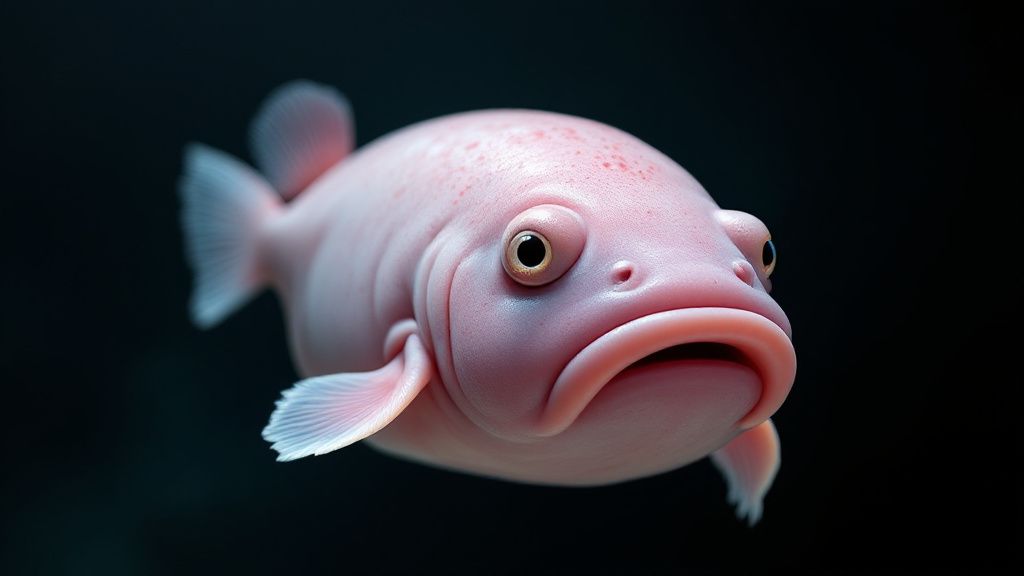
In the wondrous world of unique animals, the blobfish (Psychrolutes marcidus) stands out as a peculiar yet enthralling marvel. Its gelatinous appearance is a remarkable adaptation to the high-pressure, deep-sea environments where it thrives. This peculiar look transforms into a more amorphous form once it's out of water, giving rise to its notorious 'blob-like' reputation. Deep beneath the ocean's surface, from 600 to 1,200 meters off the coasts of Australia and New Zealand, blobfish exhibit an intriguing adaptation. Their low-density bodies allow them to float effortlessly above the sea floor, conserving energy—a unique trait among marine life.
Though often judged for its 'funny-looking' appearance, the blobfish plays a significant role in the deep-sea ecosystem, contributing to the marine food web in ways that are often overlooked. In 2013, the blobfish gained fame for more than just its looks when it was declared the 'World's Ugliest Animal' by the Ugly Animal Preservation Society. This title has ironically turned it into an ambassador for conservation, shedding light on the importance of protecting all species, regardless of their outward appeal.
The tale of the blobfish highlights the delicate balance of deep-sea biodiversity and the significance of each creature, no matter how unusual, in maintaining this balance. For those curious to dive deeper into its unique lifestyle, you can explore further details on the National Geographic website. As an emblem of the unexpected beauty and complexity within unique wildlife, the blobfish invites you to appreciate the wondrous variety of life dwelling in Earth's hidden depths.

In the fascinating landscape of uncommon creatures, the axolotl presents itself as a curious wonder. Known also as the Mexican salamander, the axolotl's extraordinary ability to regenerate lost limbs, the spinal cord, heart, and even parts of its brain sets it apart as a marvel of nature. This unique capability positions the axolotl as a model organism for scientists delving into the mysteries of regeneration. Unlike most creatures, axolotls possess a cellular biology that allows mature cells to revert to a stem-cell-like state, granting them the power to regrow entire organs and tissues.
This unique regenerative prowess has garnered significant attention, placing axolotls at the forefront of scientific research. They are more than quirky creatures; they are vital to the potential future of regenerative medicine for humans. By studying the axolotl's genetic mechanisms and cellular processes, researchers hope to unlock the secrets of regeneration, potentially leading to advances that could one day enable humans to heal severe injuries or regenerate damaged organs.
Their role as a focus for both scientific inquiry and enthusiastic exploration of biodiversity reflects the axolotl's importance within the realm of unusual animal behavior and adaptation. The axolotl's tale is an exquisite chapter in the broader narrative of animal discovery and highlights just one of the many unique animal adaptations found on Earth. For a deeper dive into their remarkable regenerative abilities, visit the National Geographic on axolotl regeneration, offering insights into this captivating creature. As their story unfolds, axolotls remain an enduring testament to the wonders of nature's diversity, inviting both researchers and nature enthusiasts to marvel at their extraordinary biological feats.

The evolutionary saga of peculiar species reveals intricate paths shaped by unique environmental pressures and ecological niches. Consider the kiwi, a fascinating flightless bird endemic to New Zealand. Over millions of years, the kiwi has transformed to thrive in its predator-free setting, shedding its aerial abilities in favor of adept terrestrial traits. With strong, sturdy legs designed for swift running and efficient digging, kiwis exemplify the profound impact of evolutionary forces on species adaptation.
This nocturnal creature has honed an acute sense of smell, a rarity in the avian world, empowering it to navigate the underground realms in search of insects and worms. Such a skill set is a testament to the kiwi's ability to align with its ecological environment, bridging the narrative between evolutionary necessity and distinctive survival strategies.
Tracing the kiwi's evolutionary journey back approximately 80 million years reveals one of the oldest avian lineages, showcasing an enduring narrative of adaptation over an expansive timeline. Its evolutionary adaptations extend beyond physical traits; kiwis lay remarkably large eggs relative to their body size. This adaptation ensures a higher energy deposit for developing chicks, an ingenious reproductive strategy well-suited to their resource-scarce habitat.
Delving into the kiwi's evolutionary history, one gains a deeper understanding of how environmental influences mold peculiar species. Each evolutionary twist and turn in the kiwi's lineage enriches the broader story of unique animal adaptations worldwide, illuminating the myriad ways in which species have evolved to fit their niches. For those intrigued by this evolutionary tale, further exploration of the evolution of the kiwi can offer additional insights into its remarkable adaptations and the broader implications for evolutionary biology. As you explore these narratives, the kiwi stands as a striking emblem of nature's adaptability, inspiring curiosity in the diverse adaptations seen across the animal kingdom.
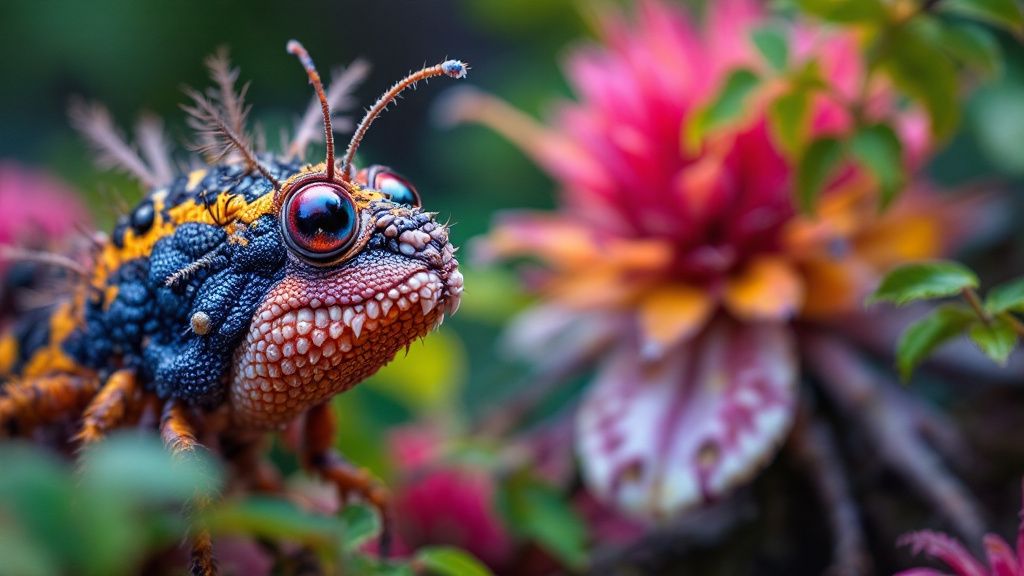
In the remarkable spectacle of nature's biodiversity, the flamboyant cuttlefish stands as a vivid example of evolutionary brilliance. Renowned for its captivating array of colors and patterns, the flamboyant cuttlefish (Metasepia pfefferi) captivates both the underwater world and curious observers with its dazzling display. These cephalopods utilize their chromatophores to exhibit vibrant patterns, an adaptive marvel that serves dual purposes: sophisticated communication and impeccable camouflage within their marine environments. This skill set allows them to blend perfectly with the oceanic canvas, making them masters of disguise and social signaling.
Visual displays in nature, like those of the flamboyant cuttlefish, offer powerful metaphors that effectively communicate complex ecological themes such as biodiversity. They illustrate the richness of life forms and the remarkable adaptations that enhance survival. This adaptability is embodied in the flamboyant cuttlefish's ability to rapidly alter its color and texture, an evolutionary adaptation that reflects the dynamic essence of biodiversity.
Marine ecosystems, teeming with life, rely on such intricate relationships and adaptations, which are beautifully exemplified by species like the flamboyant cuttlefish. Each vibrant hue and pattern tells a story of evolution and coexistence, reinforcing the importance of diversity in maintaining ecological balance. For those interested in delving further into the fascinating abilities of this striking cephalopod, the flamboyant cuttlefish (Metasepia pfefferi) is known for its vibrant colors, offering a window into its unique role within the tapestry of life. As each flamboyant shift in its appearance illustrates, the cuttlefish encapsulates the essence of nature's creative genius, reminding us of the splendid variety and adaptability inherent in the marine world.
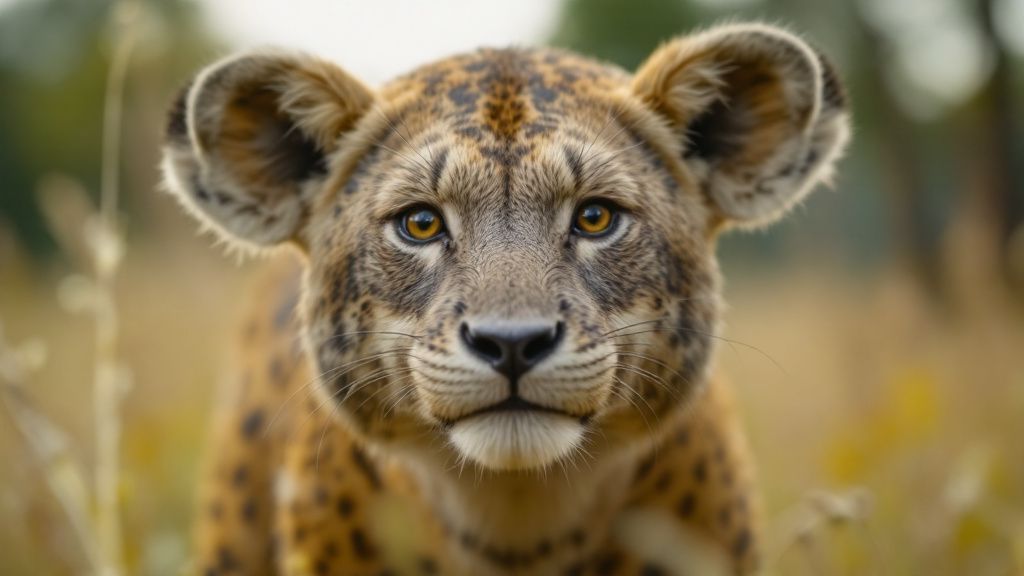
Embark on a journey into the rare and fragile world of unique wildlife, where the vaquita porpoise stands as a poignant emblem of nature’s struggle. Nestled in the Gulf of California, the vaquita is one of the most endangered species on the planet, with its population dwindling to fewer than 30 individuals as of 2023. This decline is primarily attributed to the perils of illegal fishing practices, particularly the use of gillnets that inadvertently entangle and drown these gentle creatures.
Despite valiant efforts from conservationists, the vaquita's numbers reflect the challenging reality of safeguarding rare animals. Many organizations are advocating for strict bans on gillnets, pressing for legislative changes to halt these destructive fishing methods. This battle underscores the necessity for robust international collective actions. Conservationists continue to push for broader commitments from animal rights organizations globally to preserve what little remains of the vaquita population.
In a bid to protect this elusive porpoise, Sea Shepherd has initiated an inspirational project in 2023, focusing on direct interventions. This initiative aims to systematically remove illegal fishing nets from the vaquita's habitat, demonstrating a hands-on approach to conservation that is both urgent and essential.
Stories like that of the vaquita porpoise highlight the urgent need for dedicated conservation efforts. The challenge of preserving such elusive animals speaks volumes about the intricate connections between wildlife management and environmental stewardship. For those wishing to learn more about ongoing conservation strategies, visit the World Wildlife Fund (WWF) - Vaquita for additional insights. As we venture further into these narratives of rare wildlife, it is clear that the plight of the vaquita is a compelling call to action for safeguarding the planet’s most vulnerable inhabitants.
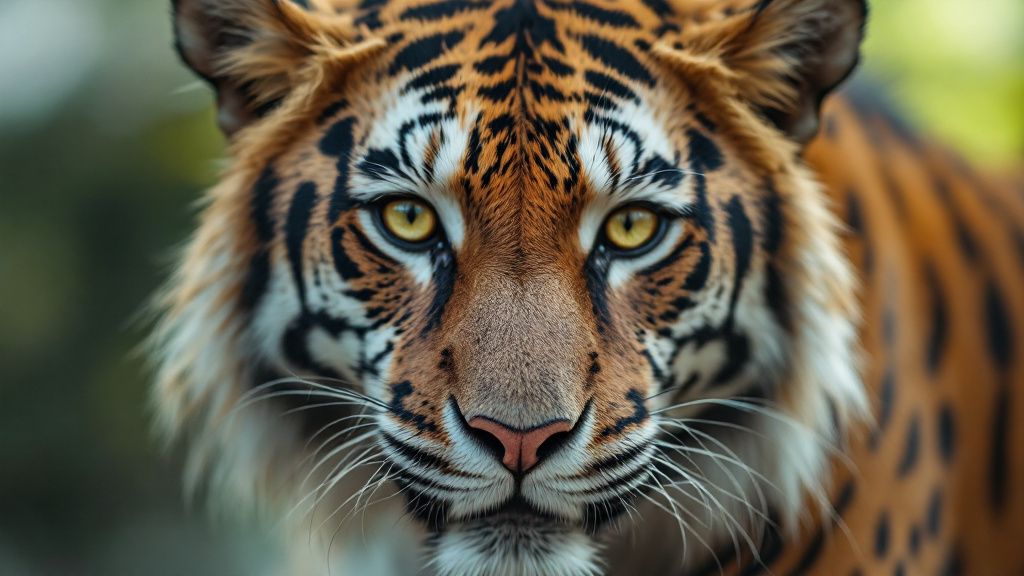
In the discourse of exotic animals, the capybara emerges not merely as an attraction but as a crucial figure in the narrative of ecological balance and conservation. As a keystone species, capybaras play an essential role in the ecosystems of their native habitats. Their grazing habits uniquely influence plant community dynamics, maintaining the structure and health of the environment they inhabit. Beyond their role in ecosystem maintenance, these social creatures are pivotal in seed dispersal, aiding in the proliferation of plant biodiversity, which is vital for sustaining the ecological fabric.
In contemplating the capybara's significance, there is an urging shift from keeping these creatures as exotic pets to viewing them as symbols of environmental stewardship. Such a shift encourages you to consider the profound ecological services provided by capybaras, prompting a reevaluation of their role in biodiversity conversations. As a species listed as Least Concern by the IUCN, they still face threats from habitat destruction and hunting, underlining the urgency for concerted conservation efforts.
The narrative encourages you to embrace the capybara as an ambassador for habitat preservation, inspiring collective responsibility and commitment to protecting wild spaces. By reframing how you engage with exotic animals, you are invited to recognize their intrinsic ecological value and the part they play in fostering a rich tapestry of biodiversity. To further explore the ecological importance of capybaras, delve into the insights provided by the World Wildlife Fund - Capybara.
Embracing this perspective inspires a thoughtful reflection on how we coexist with nature, aligning our actions with the sustainable use of wildlife resources. In doing so, the conversation around exotic animals evolves, fostering greater awareness and action toward preserving the natural world's intricate balance.
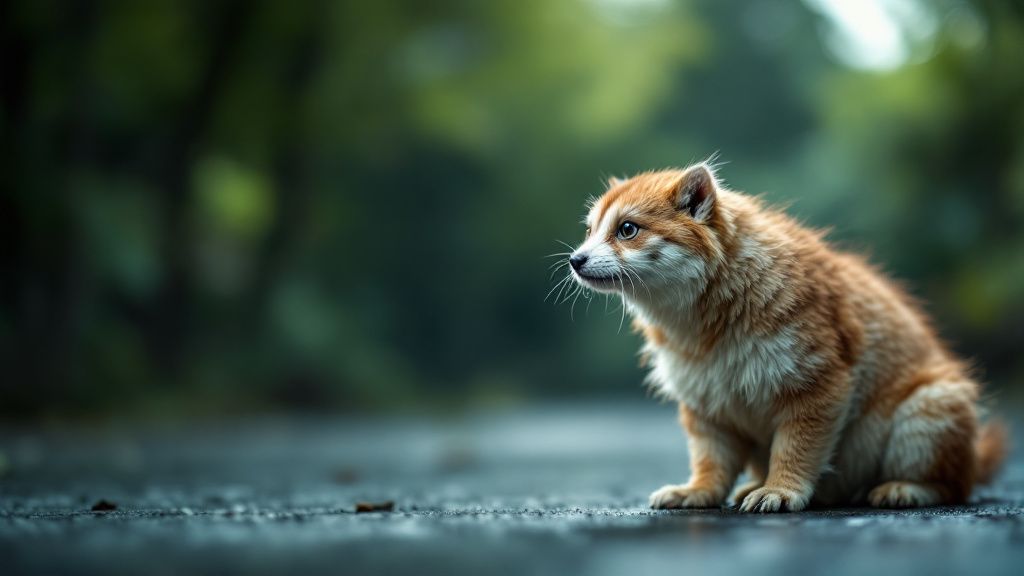
Exploring the peculiar world of animals like the naked mole-rat can indeed challenge conventional notions of beauty and aesthetics. These creatures defy expectations with their unique adaptations, which equip them to thrive in harsh environments. The naked mole-rat's surprising resilience and unusual appearance begin with their complex eusocial structure, akin to social insects. This social system offers distinct evolutionary advantages, including increased survival rates and cooperative breeding strategies, allowing their colonies to flourish in their subterranean habitats.
One of their most remarkable adaptations is their tolerance for low oxygen and high carbon dioxide environments, which is essential for survival underground. Such unique physiological traits not only protect them from predators but also mitigate competition for resources, granting them a significant edge in maintaining their ecological niche. Additionally, the naked mole-rat boasts an exceptionally low incidence of cancer, which contributes to its longevity and the reproductive success of its colonies. This rare trait ensures the survival and expansion of their unique social structures across generations.
These extraordinary adaptations of naked mole-rats urge you to question and appreciate the incredible survival mechanisms that nature bestows upon its creations. For more insights into the ingenious adaptations of these fascinating creatures, explore the evolutionary advantages of eusocial structure in naked mole-rats. As you delve deeper into the reasons behind their bizarre characteristics, it's essential to acknowledge the vital role these animals play in nature's grand theater—each one a testament to evolution’s creative power, shaping resilience in the most unexpected of forms.
Get free resources, early access to new features and updates.
No spam. Just fun educational emails!